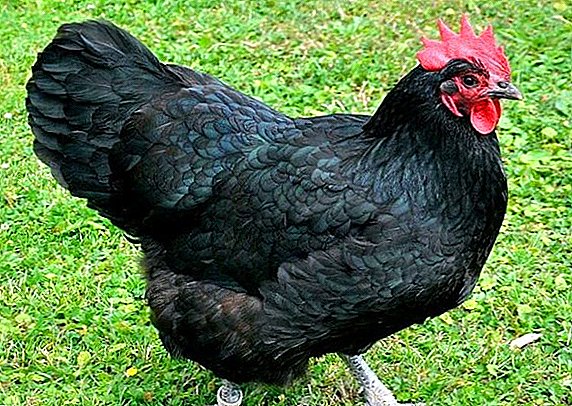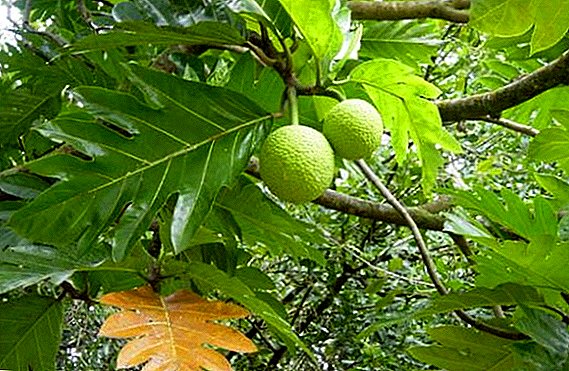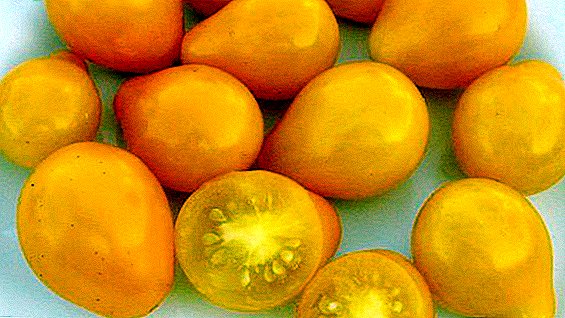 Veterinary medicine strides forward by leaps and bounds, a variety of drugs, dietary supplements and vaccines, appear to improve the condition of domestic birds, livestock and other animals, increase their survival and increase the body's resistance. However, in veterinary medicine, a drug capable of replacing a good half of modern medicines has been used very successfully for a long time, it is called the antiseptic-stimulator Dorogov (ASD). Today we will get acquainted with the ASD fraction 2, its instructions and application features.
Veterinary medicine strides forward by leaps and bounds, a variety of drugs, dietary supplements and vaccines, appear to improve the condition of domestic birds, livestock and other animals, increase their survival and increase the body's resistance. However, in veterinary medicine, a drug capable of replacing a good half of modern medicines has been used very successfully for a long time, it is called the antiseptic-stimulator Dorogov (ASD). Today we will get acquainted with the ASD fraction 2, its instructions and application features.
Description, composition and release form
Antiseptic stimulator Dorogova made from meat and bone meal by sublimation of organic raw materials at high temperature.
Did you know? In some European countries, meat and bone meal is used as fuel when disposing of garbage and can act as an alternative to coal energy.
The composition of the medicinal solution includes amide derivatives, aliphatic and cyclic hydrocarbons, choline, carboxylic acids, ammonium salts, other compounds and water.  Externally, the drug is a liquid solution, the color of which varies from yellow to brown with a red impurity. The liquid quickly dissolves in water to form an insignificant fine precipitate.
Externally, the drug is a liquid solution, the color of which varies from yellow to brown with a red impurity. The liquid quickly dissolves in water to form an insignificant fine precipitate.
Sterile product is packaged in glass bottles with a capacity of 20 ml and 100 ml.
Biological properties
Due to its composition, the ASD fraction 2 is known for extensive pharmacological propertiesthat explains its successful veterinary use.
- Stimulates the central and peripheral nervous system.
- It improves intestinal motility and the work of the gastrointestinal tract as a whole, by accelerating the production of enzymes.
- Stimulates the endocrine system of the body, which, in turn, has a beneficial effect on metabolism.
- It is an antiseptic, contributes to the rapid restoration of damaged tissues.
Did you know? A.V. Roads invented this tool in 1947 and positioned it as a medicine that can be used, including for the treatment of people for cancer. In his archival records there is information about what exactly the SDA helped to save mother Lavrenti Beria from cancer.
Indications for use
ASD fraction 2 is used, according to the instructions for the treatment and prevention of farm animals, chickens and other poultry, can be used for dogs. 
- With lesions and diseases of internal organs, in particular, the digestive tract.
- In diseases of the sexual sphere, the treatment of vaginitis, endometritis and other pathologies in cattle.
- In order to stimulate metabolic processes and accelerate the growth of offspring of poultry.
- As a stimulator of its own immunity during the rehabilitation after illness.
- To normalize the functioning of the central nervous system.
- It can be used for various injuries, providing an antiseptic and healing effect.
Dosage and administration
For the correct dosing of the drug should be strictly followed the instructions in the instructions, since the dosage for different animals is very different.
Important! When used orally, the drug should be consumed by animals before or during the morning meal.
Horses
When calculating the norm for horses, the general rule should be followed. age dosage.
- If the animal is less than 12 months old, then 5 ml of the preparation is diluted in 100 ml of boiled water or mixed feed.
- In the period from 12 to 36 months, the dosage is doubled and amounts to 10-15 ml of the product per 200-400 ml of solvent.
- For horses older than 3 years, the dose is increased slightly, up to 20 ml of medication and up to 600 ml of liquid.

Cattle
For the treatment of cows, the SDA is administered orally, it is recommended to adhere to the following scheme:
- animals up to 12 months - 5-7 ml of the drug diluted in 40-100 ml of water;
- at the age of 12-36 months - 10-15 ml per 100-400 ml of feed or water;
- Cows older than 36 months should receive 20-30 ml of the drug in 200-400 ml of liquid.
The drug is also used topically for the treatment of gynecological complications in cows, using the method of douching. The dosage is selected according to the diagnosis and instructions in each case.
For washing infected wounds, a 15–20% ASD solution is used.
Learn more about cattle diseases and their treatment: mastitis, udder edema, leukemia, pasteurellosis, ketosis, cysticercosis, colibacteriosis of calves, hoof disease.
Sheeps
Sheep get the most weak dose of all pets:
- up to 6 months only 0.5-2 ml per 10-40 ml of water;
- From six months to a year - 1-3 ml per 20-80 ml of liquid;
- older than 12 months - in 40-100 ml of water dilute 2-5 ml of medicine.

Pigs
Use in pigs is possible with 2 months.
- from 2 months and up to six months, the dose is 1-3 ml of the drug to 20-80 ml of water;
- after half a year - 2-5 ml per 40-100 ml of water;
- after 1 year - 5-10 ml per 100-200 ml of liquid.
Read also about the treatment of diseases of pigs: pasteurellosis, parakeratosis, erysipelas, African plague, cysticercosis, colibacillosis.
Chickens, turkeys, geese, ducks
For the treatment of poultry according to the instructions of the ASD fraction 2 suggests the following order of use: for adults 100 ml of the drug per 100 liters of water or 100 kg of feed; for young individuals, in order to strengthen the body, the dosage is taken at the rate of 0.1 ml of solution per 1 kg of individual live weight.
For poultry, the preparation is applied not only inside, but is sprayed in the bird’s habitat in the form of a 10% aqueous solution (5 ml of solution per 1 cubic meter of room). This is done for 15 minutes on the first, twenty-eighth and thirty-eighth days of the life of the young to accelerate growth. This method also makes it possible to cure young stock from apteriosis, in which the chickens are weakly fledged.
Dogs
When preparing the ASD-2 solution for dogs, you need to take into account that it can be taken by an animal over six months and in such dosage as 2 ml of the drug in 40 ml of water.
Precautions and special instructions
Since the drug is included in the group of moderately hazardous substances, it is recommended to work with it exclusively in rubber gloves to prevent the product from getting on the skin. After work, the hands are washed with concentrated warm soapy water, then rinsed with running water.
Important! Do not allow contact with the ASD in the eyes, if this happened, you should rinse the eye with plenty of warm water and in a short time contact an ophthalmologist.
The container in which the preparation of the solution took place cannot be continued to be used in everyday life, it is disposed of immediately after use. 
Contraindications and side effects
To date, there are no data on adverse events caused by the use of this drug, provided that it was used in accordance with the dosage regimen specified in the abstract.
Individual intolerance to any of the components contained in the medication may be contraindicated.
Terms and conditions of storage
ASD-2 should be stored in a place where children and animals do not have access, not allowing contact with food and food dishes, the storage temperature should not exceed +30 degrees and should not be below +10. A closed vial is stored for 4 years, after opening the solution must be applied for 14 days, then it must be disposed of, according to the current legislation, as a substance from the 3 rd group of danger.
Summarizing the above, it should be noted that the drug ASD-2F is unique in its properties. It enhances the immunity of animals and stabilizes their condition, has no side effects, which led to its popularity in the veterinary environment.












